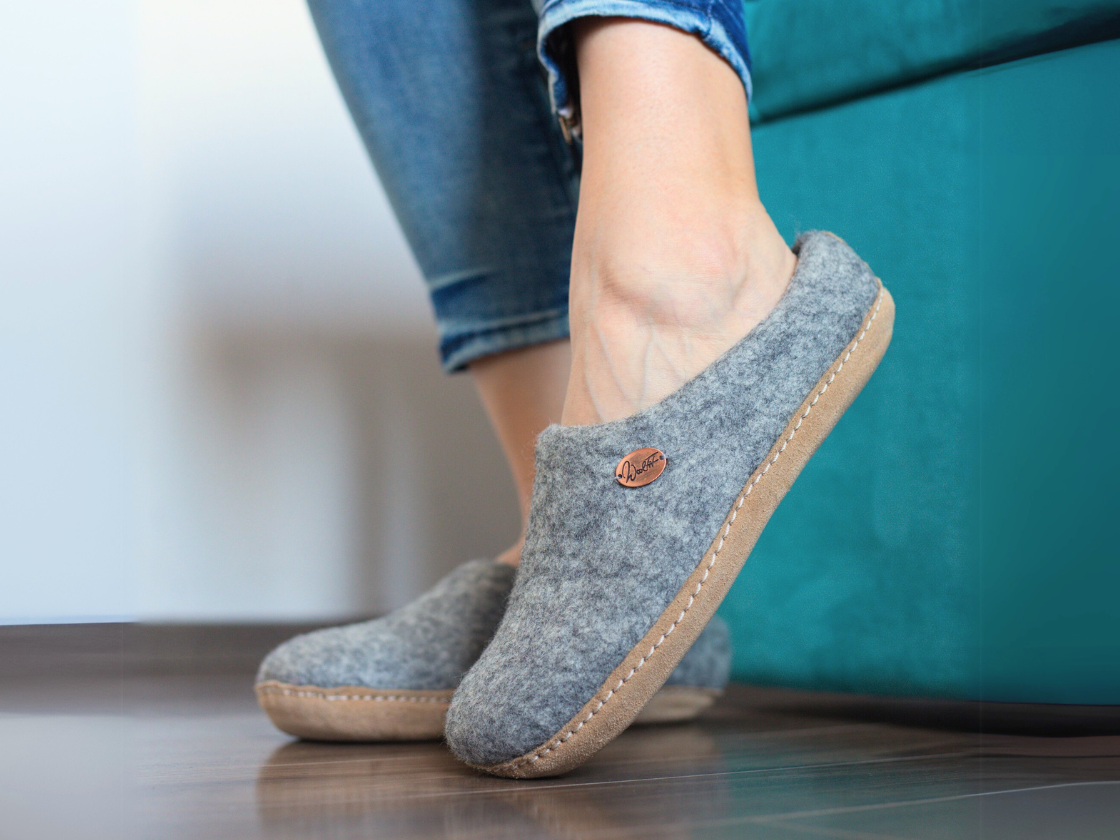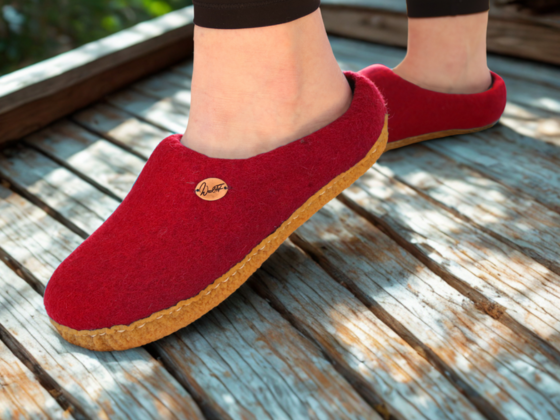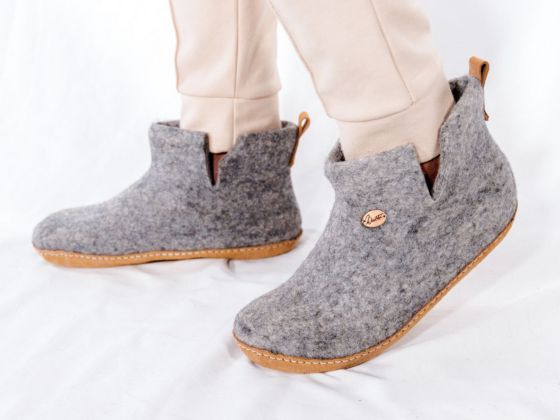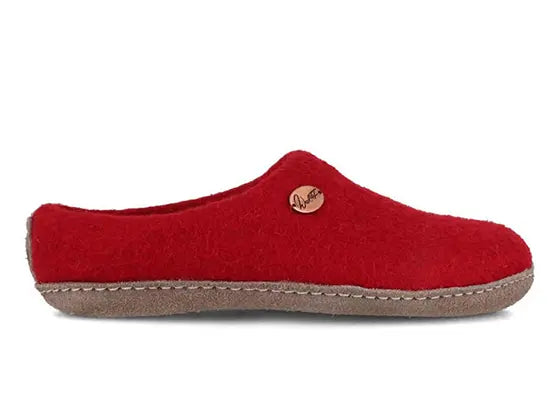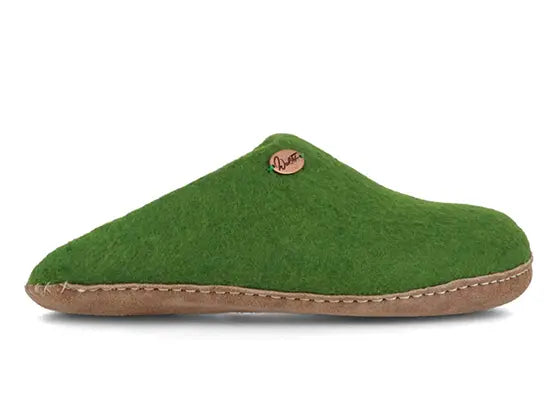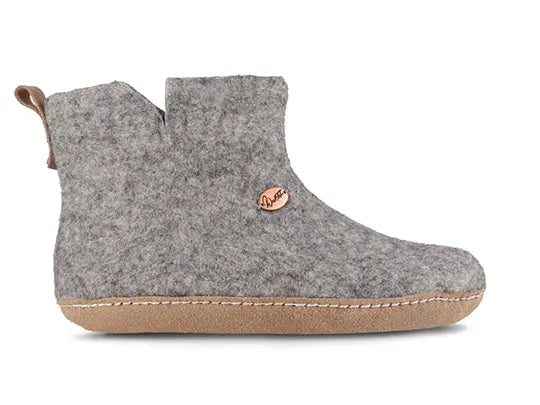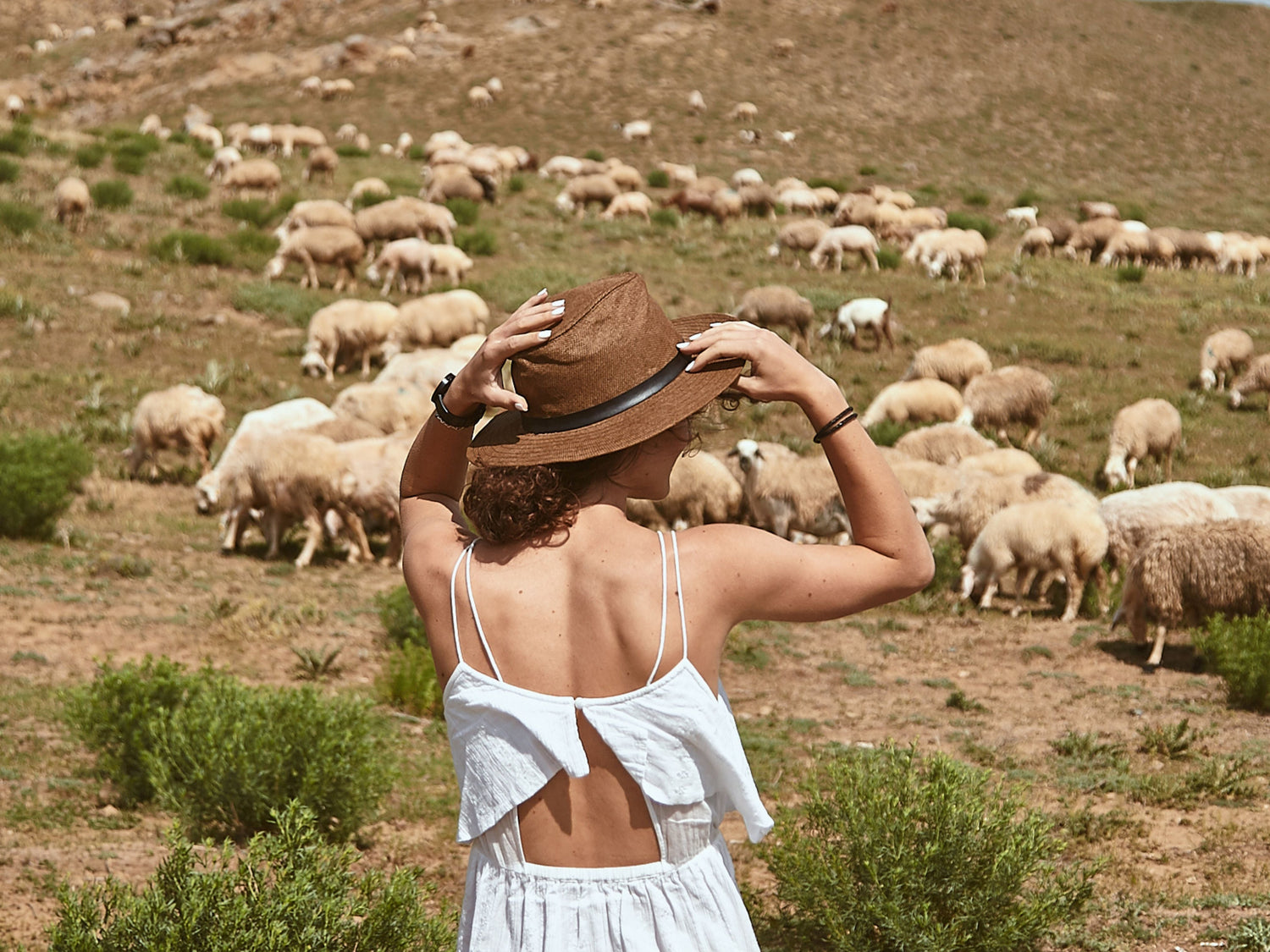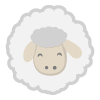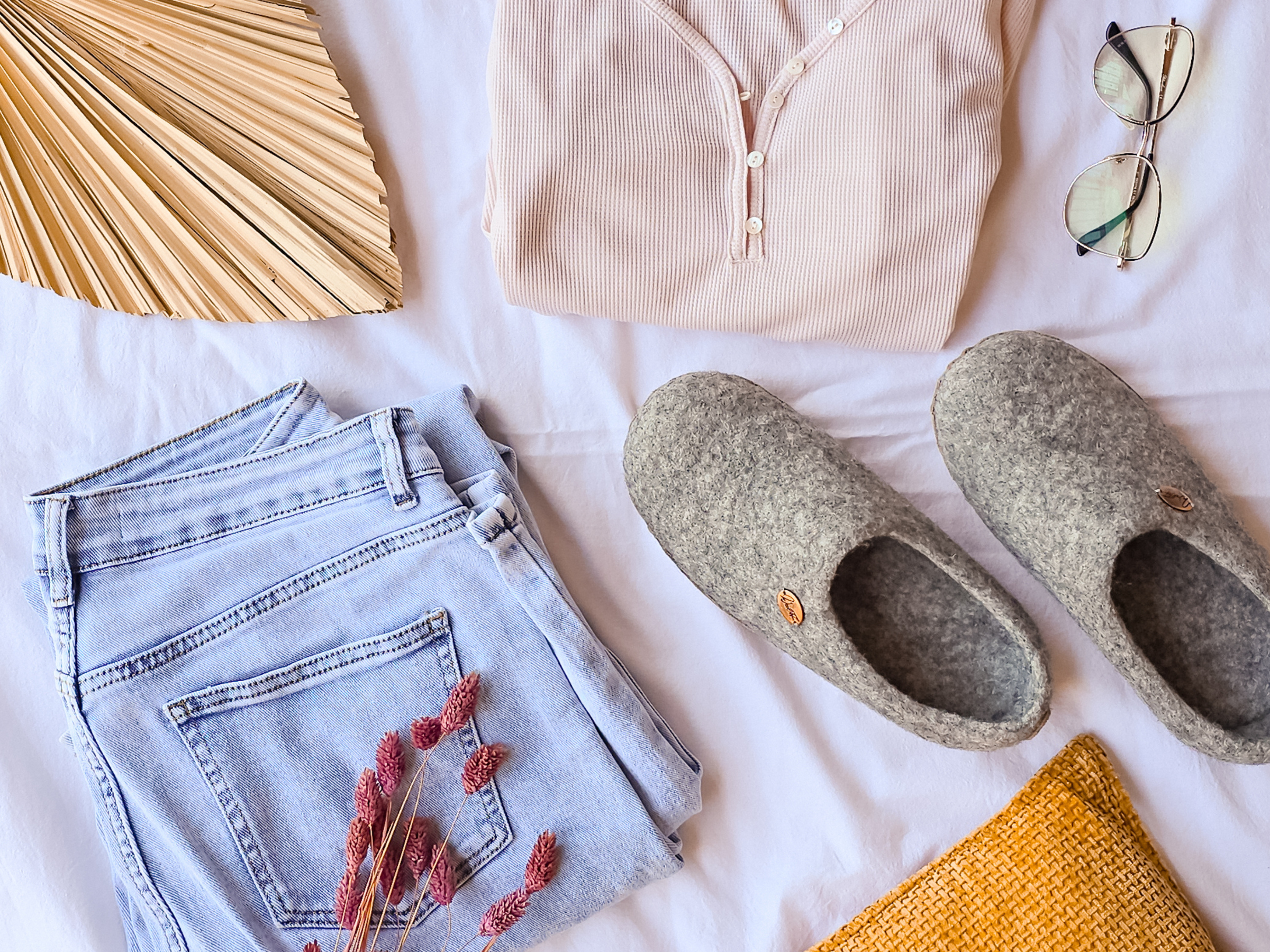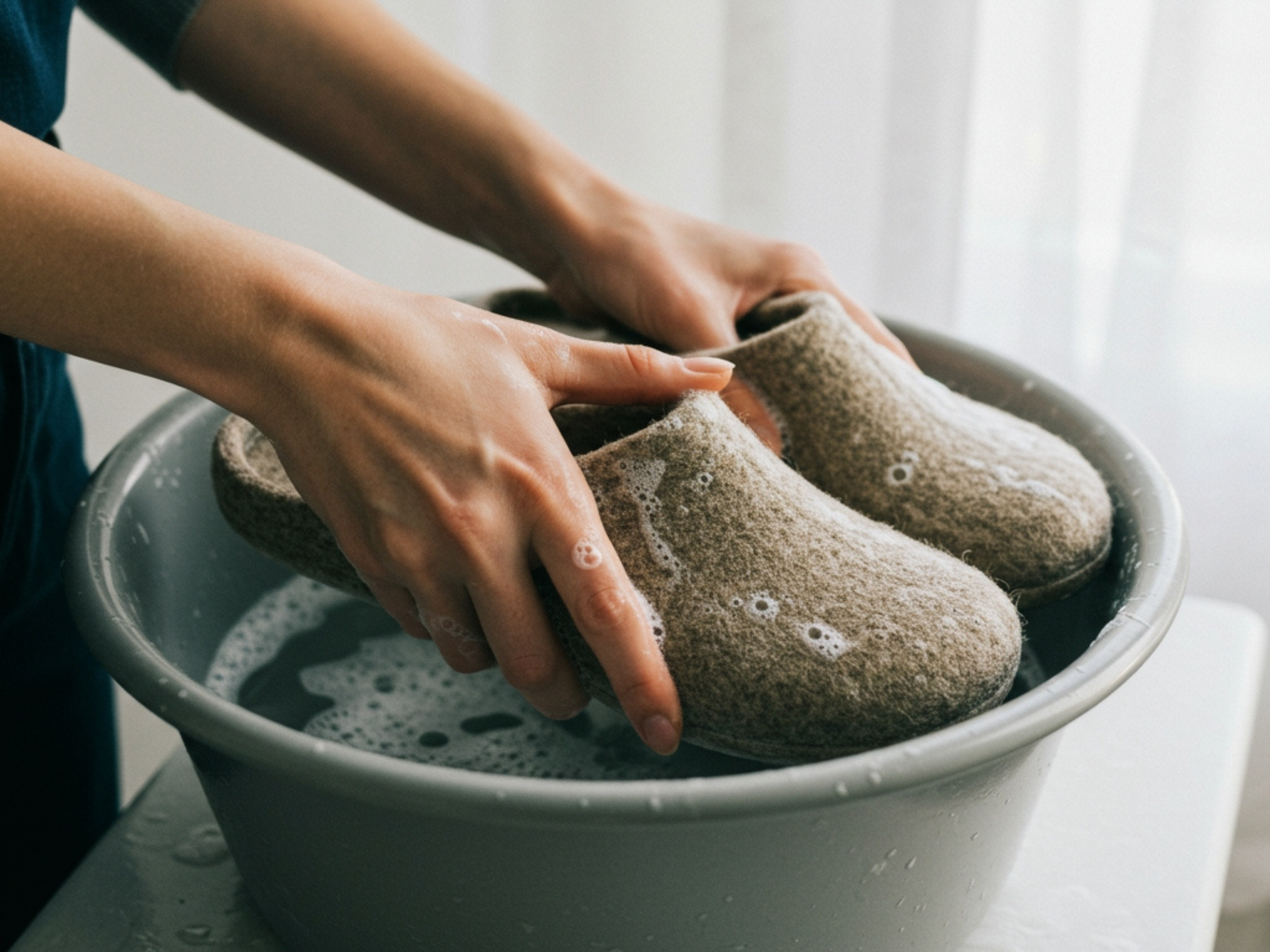The topic of animal welfare is particularly relevant when it comes to fashion. The demand for a more ethical approach to manufacturing and a growing awareness of the environmental impact of fashion are leading consumers to consider the source of their clothing, which is bringing some big changes to the industry.
There was a time when this meant choosing earth-friendly bamboo fabrics for more sustainable apparel or refusing to walk in leather shoes that involve the killing of an animal (for clothing).
Mulesing, or the act of removing portions of a sheep's skin and flesh around their buttocks in order to prevent or treat flystrike and other parasitic infestations, is an act that has been practiced for over a century.
- Mulesing is a surgical procedure performed on lambs' hindquarters, typically without any form of local or general anesthesia. It commonly results in significant postoperative pain, irritation, and hemorrhaging, which spikes when performed during hot times of the year.

In fact: the practice of mulesing sheep was introduced to Australia as early as the 1920s.
It involves removing strips of wool-bearing skin from around the breech (buttocks) and tail of a live sheep (mulesing). These areas are prone to flystrike, which can cause significant harm (and even death) to sheep.

While the mulesing procedure was thought to be necessary for many years, there are now better options for preventing the condition. These methods include 1) breeding for planer, less wrinkled skin and 2) using chemical treatments to deter flies. Flystrike can also be controlled through 3) proper shearing methods and 4) the keeping of clean pastures.
In fact: certain breeds of sheep, like Merinos for example, have been genetically modified to reduce the problem.
However…
wool industry proponents argue that current alternatives to mulesing could lead to higher flystrike rates, which might result in more sheep being culled (killed). They argue that mulesing is less cruel than other methods and that, without it, more sheep would be killed by flystrike each year.
Whether or not you're a supporter of mulesing, there's no denying that it's a controversial practice that many people are opposed to. This has put increasing pressure on clothing companies and retailers who source merino wool to consider new ways of manufacturing that don't involve mulesing.

In recent years, online campaigns have globally waged against mulesing. Many campaign organizers advocate for improved hygiene practices in the sheep farming industry instead of mutilation. Animal rights organizations attempt to influence shoppers through tactics including boycotting wool products, protesting outside stores that sell mulesed wool, and encouraging concerned consumers to use social networking to spread the word about mulesing.
For example:
This article is going to examine the issue of ethical fashion, using the example of mulesing-free wool production and ethical mulesing slippers.
Let’s keep on investigating!
The rise of ethical fashion
More and more consumers are starting to pay attention to the environmental footprint of their clothes. Wherever possible, they look for products that use renewable materials and production methods, which reduce their impact on the environment. This has led to the rise of the “ethical consumer”, who is willing to pay more for products that are considered to be sustainable.

For some, this means drinking fair-trade coffee or buying organic produce. For others, it means foregoing leather products in favor of vegan materials. While the motivations behind these choices are different, the goal of consuming ethically is the same:
by making smarter choices about where we spend our money and what we buy, we can reduce the environmental impact of our consumerism.
One notable element of the movement: the increasing awareness about how garments are created — whether it's animal welfare, animal rights, labor rights, or just eco-friendly products in general.
Ethical fashion and sustainable production methods seem to go hand in hand. Not only when it comes to the use of sustainable materials, like wool from non-mulesed sheep, but also when it comes to materials and production methods, with a focus on reducing waste and minimizing the use of resources.
What drives consumers' demand for ethical fashion?
-
Environmental concerns
Over the last 20 years, there has been an increase in the negative impact that a number of industries have on the environment. Consumers are becoming increasingly aware of sustainable clothing’s contribution to environmental issues, particularly in regard to waste, pollution, and water damage caused by production processes. Many of them are now seeking certification that products they purchase are ethically produced, either through fair trade, raw materials reused or recycled, or some combination thereof.
-
Animal welfare
The production of clothing, slippers, and other textile and leather goods is highly reliant on the use of animal-derived products, such as wool and leather. While previous generations were more concerned about being well-dressed than the ethical present, young consumers are now much more likely to be concerned about the treatment of animals.
The fashion industry is under increasing scrutiny regarding the ethical treatment of animals. Consumers are looking to support the fair treatment of animals, including in conventional and alternative systems of production of wool, leather, and fur. They are thus becoming more concerned with the Ethics of animal products, as well as animal welfare standards.
-
Labor practices
As the demand for products that adhere to ethical practices increases, consumers are asking brands and retailers to ensure they are aware and transparent about the conditions under which their products are made. Consumers are demanding their clothing and accessories be manufactured in a way that respects human rights and workers' health and safety.

The global labor market is estimated to have more than 2 billion workers, an increasing number of whom are being hired for manufacturing production. While working conditions for workers vary enormously throughout the world, recent efforts by retailers, brands, and others to promote ethical business practices and improve working conditions for garment and textile workers have increased.
Mulesing-free wool slippers
It's a fact that people are interested in buying cruelty-free products; and more specifically, they want to buy wool products that aren't made with wool harvested from sheep that have been subjected to the controversial mulesing process.
- Mulesing-free wool is wool from sheep that have not undergone the practice of mulesing.
Pushback from the public has led to the creation and growth of brands that provide non-mulesed wool products. Mulesing-free wool is a concept developed in Australia. Its primary objective — is to reduce the amount of harmed and mistreated sheep. This was achieved by several methods, one of which was establishing a global standard for mulesing-free wool. This standard is 100% effective if your sheep are raised according to its guidelines.
The benefits of mulesing-free wool:
-
High-quality wool
Mulesing-free wool is made using either traditional or natural methods such as shearing and dipping. This is a process that involves gently brushing the wool in order to remove debris and impurities, allowing the downy undercoat to be removed. These methods often result in making high-quality, mulesing-free wool clothing that is softer, warmer, and more durable than modern clothing made in other ways like using wool treated with harsh chemicals.
-
Positive environmental impact
A lot of consumers are surprised to learn that mulesing-free wool production not only frees sheep from having their skin cut open but also encourages sustainable and environmentally friendly practices in the wool industry. This includes reducing the use of pesticides, herbicides, and other chemicals that can harm the environment.
-
Improved animal welfare
Results from a study at the University of New England show that sheep which are not subjected to mulesing are less likely to experience pain, infection, and other health issues that may result from the procedure. It explains that when animals have not been mulesed, they are less likely to have local or systemic bacterial infections and are less likely to be lame because there is no pressure on their muscles. The production of mulesing-free wool has improved the welfare of many sheep around the country by reducing their number of debilitating health problems.

The role of consumer choice
Non-coercive supply chains are becoming an increasingly important factor for many consumers. Lately, this has been widely reported as ‘ethical fashion’ however there is no single definition of the term. This article has explored consumer attitudes towards ethical choices in clothing, and how consumers assess the impact of their clothing purchases on the environment. But let’s sum it up!
As consumers, we often take for granted our apparel options, rarely researching the impacts of our purchases or questioning the ethicality of production methods and materials. However, as environmental consciousness becomes more prominent in the global sphere, consumers are becoming increasingly aware of the impact that their purchasing decisions can have on the environment, as well as on animal welfare.
Many consumers are now looking into more sustainable and “conscious” options that align with their values and beliefs.
For this reason, brands that do not align with consumers' beliefs and morals are taking a major hit in sales.
There has been a massive increase in ethical fashion consumers who are rejecting the wool industry's use of mulesing, in favour of mulesing-free products. This increase has resulted partly from awareness campaigns run by animal rights groups, but also because more people are taking their own initiative to research the issue before making purchasing decisions.

But at this stage, there is no clear message about mulesing as to whether it should be banned or not. This means that concerned consumers are left confused, skeptical, and hesitant. They'll wait for a clear message from the government or industry stakeholders before making an informed purchase decision. And so is born the ethical fashion movement, which aims to encourage consumers to think about what they're actually wearing, and whether it's really necessary or not.


